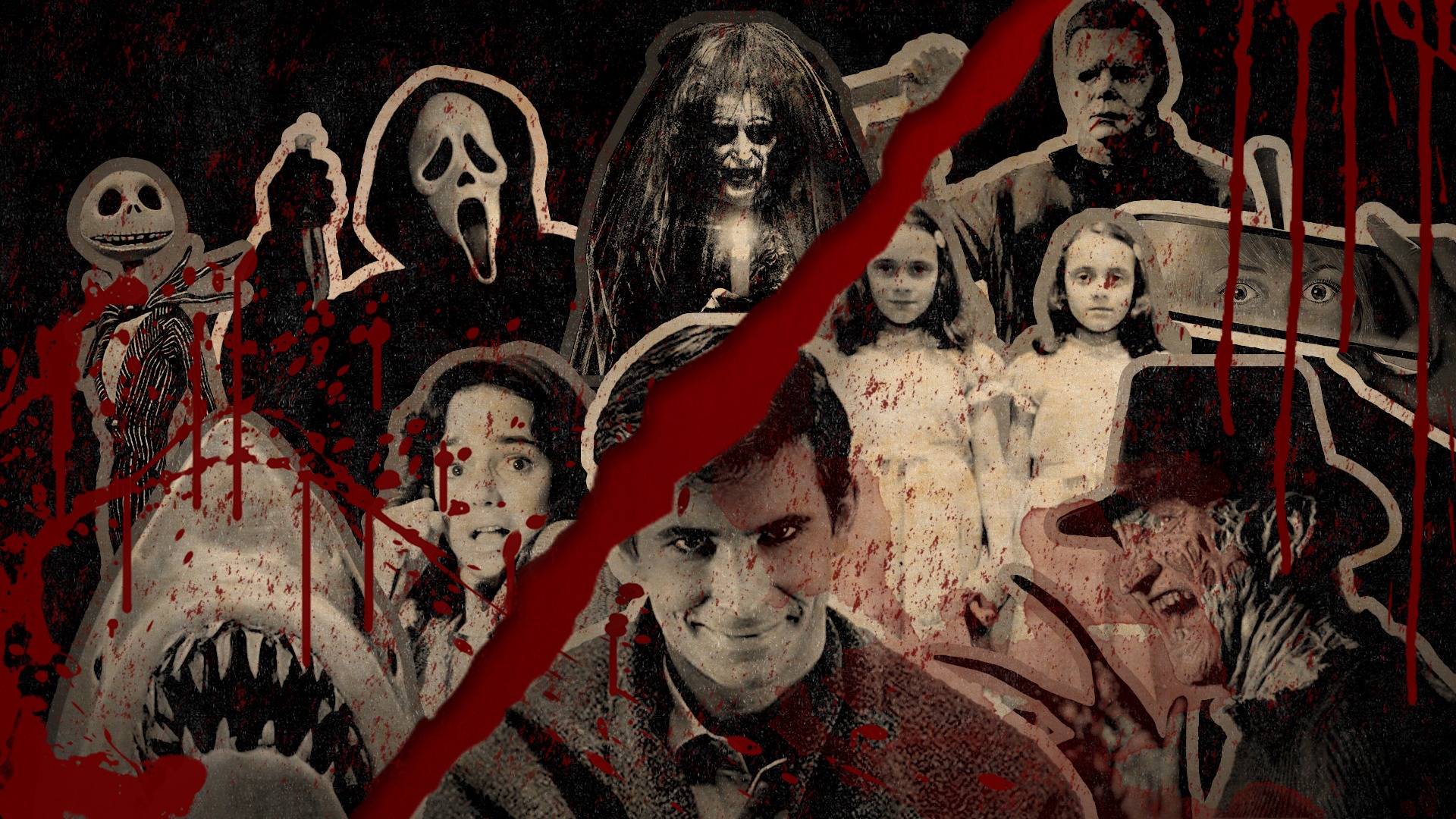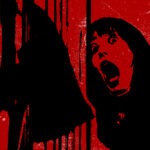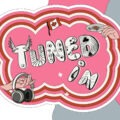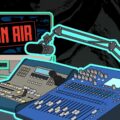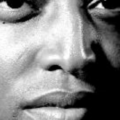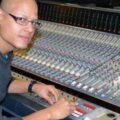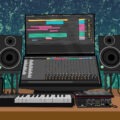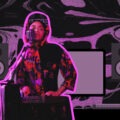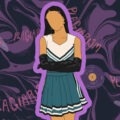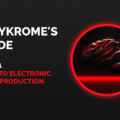Have you ever tried to watch a horror movie with the sound turned down? No matter how eerie the imagery may be, so much of the suspense, terror, and fun is lost without the powerful sonic devices and instrumentation that scary movies have become notorious for. Well-timed shrill strings and shrieking synths drive jump scares home, low-frequency rumbles build tension and signal approaching danger, creepy but catchy melodies get stuck in our head and follow us home. And sometimes, the most unsettling tool of all is silence itself.
A successful horror score not only gets our adrenaline pumping and our heart rate up, it also creates a subtle atmosphere of unease throughout the film that we can’t quite place our finger on. Through musical dissonance and sudden changes in dynamics, the viewer remains on the edge of their seat, even when there’s a break in the action (more on that in our article How to Create Emotion in Music: Terror).
A top 10 movie scores list is a daunting task for any horror fan. We set out to select the music that impacted the genre’s evolution in sound over the decades, paying homage to the classics, while also recognizing modern composers behind the soundtrack to our nightmares.
Psycho (1960) – Score by Bernard Herrmann
You know you’ve created a sonic masterpiece when the mere sound of strings forever evokes a stabbing motion in listeners’ minds. Filmmaker Alfred Hitchcock may have been known as the “Master of Suspense”, but in the case of Psycho, much of that suspense relies on Bernard Herrmann’s unforgettable music. More nuanced than the horror films that came before it, the score is moody rather than loud, demonstrating the power of dynamics to evoke distress. Even without having seen it, anyone can recognize those piercing (pardon the pun) staccato strings from Psycho’s iconic shower scene.
Jaws (1975) – Score by John Williams
Two notes. Two alternating notes played just a semitone apart on the tuba were all it took to cause a generation’s fear of sharks. In Steven Spielberg’s Jaws, the simple musical sequence’s tempo picks up based on the monster’s proximity, denoting danger and delivering dread-filled tension. Composer John Williams even won an Academy Award for Best Original Score.
Suspiria (1977) – Score by Goblin
Synths made their way into horror in Italian Giallo master Dario Argento’s Suspiria. Prog-rock band Goblin experimented with instruments not typically used in the genre, like a Moog Modular System 55, tablas and bouzoukis, and even brought in recordings of their own voices. The cool jazzy twists infused with unintelligible whispers, screams and chants, culminate in a hypnotically disturbing soundtrack that matches the neon terror on screen.
Halloween (1978) – Score by John Carpenter
Introducing one of the most haunting and recognizable sable horror themes, John Carpenter not only wrote and directed Halloween, he also composed the score. Beyond the memorable melody played on a Moog III modular System, the music’s pulsing beat drives the action forward (and is extremely catchy to play at Halloween parties). Often credited as kickstarting the 80s obsession with synthy horror scores, Carpenter also inspired future generations of composers, as we’ll see later on this list.
The Shining (1980) – Score by Wendy Carlos, Rachel Elkind, Krzysztof Penderecki
Much of the score for The Shining is repurposed. Director Stanley Kubrick chose to blend existing concert pieces by composers like Krzysztof Penderecki and Béla Bartók, with music by synth trailblazers Wendy Carlos and Rachel Elkind. Animalistic squeals and human screaming also instill instinctual fear in the viewer, making for a thrilling auditory experience that carries the psychological unravelling on screen. Sometimes referred to as the “mother of the Moog”, Carlos also worked on the soundtrack for A Clockwork Orange.
Nightmare on Elm Street (1984) – Score by Charles Bernstein
Following Halloween’s success in the late 70s, the 80s are perhaps the most associated with synth-fuelled slashers. Composer Charles Bernstein was a trendsetter, using the Oberheim OB-SX, a Roland drum machine and the Juno-106 alongside other keyboards to compose reverb-heavy percussion and bring back horror’s classic unnerving strings. Fitting with Nightmare on Elm Street‘s dreamscape, blurring in and out of reality, the twisted lullaby-like songs offer a terrifying mix of innocence and evil.
The Nightmare Before Christmas (1993) – Score by Danny Elfman
Though it might not be the scariest, no horror list would be complete without a Danny Elfman score. The Nightmare Before Christmas brought us so many spooky bangers (“This is Halloween” still trends every year on TikTok), and the track “What’s This?” was actually performed by Elfman himself. Tim Burton is known to teeter between whimsy and horror, and what the movie lacks in jump scares, it makes up for in an unforgettable soundtrack that’s fun for the whole family. Elfman also teamed up with Burton on the scores for the fantastical Edward Scissorhands and the hilariously dark Beetlejuice.
Scream (1996) – Score by Marco Beltrami
Although Ghostface never got as memorable of a theme as the monsters in Jaws or Halloween, the original Scream score is deeply underrated. Wes Craven’s slasher franchise felt fresh and playful, more self-aware and less self-important than past genre films. The “stingers” – a popular horror tool that employs quick and loud sound blasts to accompany a sudden frightening visual for the sole purpose of making viewers jump out of their skin – perfectly sync up with the fast-paced, and at times humourous, action.
As it often does in horror, a limited budget resulted in a trademark sound in Scream. The production only got a couple sessions with an orchestra, so composer Marco Beltrami says he created a “whispery sound to supplement the strings” by getting everyone including Wes Craven to whistle. The cluster of dissonant pitches made it into several of the movies.
Insidious (2010) – Score by Joseph Bishara
Often overlooked in best horror score lists, Insidious takes cues from its cinematic ancestors. Right off the bat, it hits us with a stinger paired with the most distressing shrieking strings as the title card appears. It repurposes a childlike song, Tiny Tim’s “Tiptoe through the Tulips”, which feels ironically joyful and disturbing paired with the chilling imagery. Joseph Bishara also uses LFE (low frequency effects) to paint a constant dread-filled atmosphere. Fun fact: the composer also plays the red-faced demon antagonist.
It Follows (2015) – Score by Disasterpeace
For It Follows, Richard Vreeland, better known as Disasterpeace, composed what many consider to be the standout horror score of the 21st century. A clear homage to the iconic synths of slashers past (Vreeland names John Carpenter and Krzysztof Penderecki as musical references), the lush nostalgic soundscapes juxtaposed with shrill electronic stabs evoke a deep nostalgia, while also sounding thoughtful and new. Many have taken a stab at it (last pun, we promise), but Disasterpeace managed to create a memorable horror score that truly does follow you home, in a time where the genre can rely on tired, lazy tropes. He recently scored 2022 horror comedy Bodies Bodies Bodies and we can’t wait to hear what he does next.
Our top 10 horror-themed series will continue throughout October. Check out our Top 10 Horror-Themed Music Videos piece and keep an eye out for more this spooky season!
Written by Maryse Bernard
Illustration by Yihong Guo
